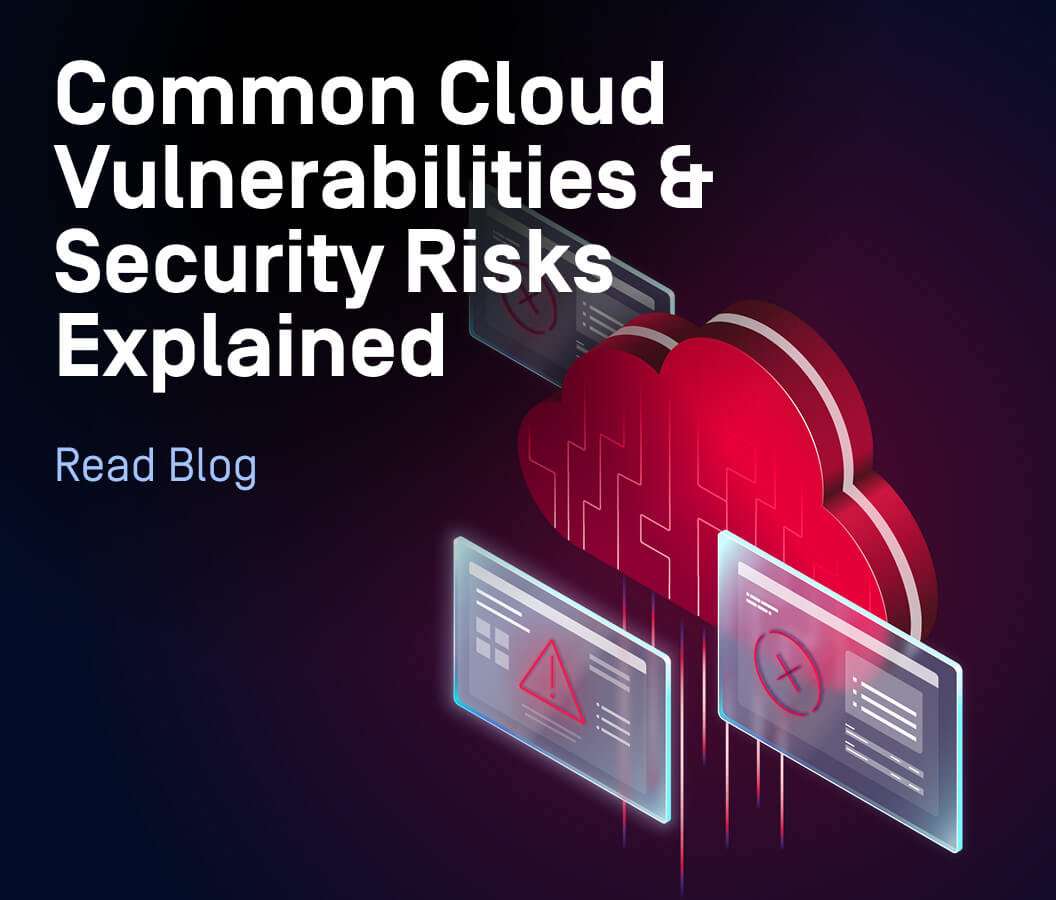The widespread adoption and migration of cloud-based applications, including Salesforce, have made companies and corporations attractive targets for cybercriminals. Sophisticated malware has increasingly targeted the massive volume of sensitive data stored in the cloud. As file-borne threats continue to evolve in complexity, organizations need to implement robust, multi-layered cybersecurity solutions to safeguard their critical data.
To address these challenges, OPSWAT has enhanced Cloud Security for Salesforce with Proactive DLP Enablement and Infected File Notification features.
Proactive DLP Enablement
OPSWAT Proactive DLP technology helps prevent sensitive data loss and regulatory violations by proactively detecting and blocking sensitive, out-of-policy, and confidential data within files and emails.
Our technology supports over 110+ file types, including Microsoft Office, PDF, CSV, HTML and image files, aiding compliance with data regulations and industry-standard security requirements such as PCI, HIPAA, Gramm-Leach-Bliley, FINRA and more.
Key features of Proactive DLP include:
Comprehensive Detection and Prevention
Proactively identifying and blocking sensitive data in files and emails with over 110 file types supported.
Automated Redaction
Redacting confidential information from PDFs, Microsoft Word documents, and Microsoft Excel spreadsheets.
OCR (Optical Character Recognition) Protection
Detecting and redacting sensitive text inside images.
AI-Powered NER (Named-Entity Recognition) Model
Utilizing AI technology to classify unstructured text into predefined categories.
NSFW (Not Safe for Work) Content Detection
Identifying and preventing the dissemination of inappropriate content, including suggestive or explicit images and offensive language.
The technology detects various types of sensitive data, including:
PII (Personally Identifiable Information)
PII includes any information that can identify an individual, such as names, addresses, and social security numbers. Protecting PII is critical for customer privacy and regulatory compliance.
Payment Information
This category includes credit card details and related financial information. Detecting this type of data is essential to prevent financial fraud and comply with PCI-DSS standards.
IP (Intellectual Property)
IP includes proprietary data, trade secrets, and patents. Protecting IP is vital for maintaining market exclusivity and deterring any copyright infringement.
PHI (Protected Health Information)
PHI in DICOM (Digital Imaging and Communications in Medicine) files contains sensitive and confidential patient data. Protecting the privacy and security of patient information is necessary to comply with HIPAA standards.
Company Confidential Information
This category includes sensitive business information, such as financial records, strategic plans, and internal communications, which must be protected to maintain business integrity.
Network and Device Information
Detect network and device information via IPv4 and CIDR (Classless Inter-Domain Routing)
How does Proactive DLP work?
Proactive DLP operates by identifying, monitoring, and protecting sensitive data through various mechanisms:
Data Identification and Classification
Scanning data repositories to detect and classify confidential information.
Policy Enforcement
Implementing pre-defined policies to control access and data movement.
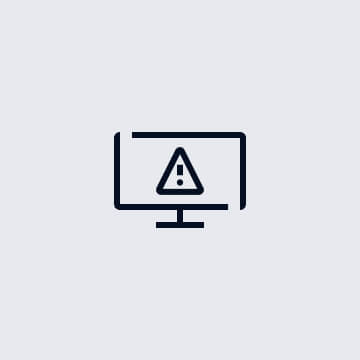
Monitoring and Alerts
Continuously tracking data movement to notify administrators when potential breaches are identified.
Incident Response
Providing tools for investigating and addressing data loss incidents.
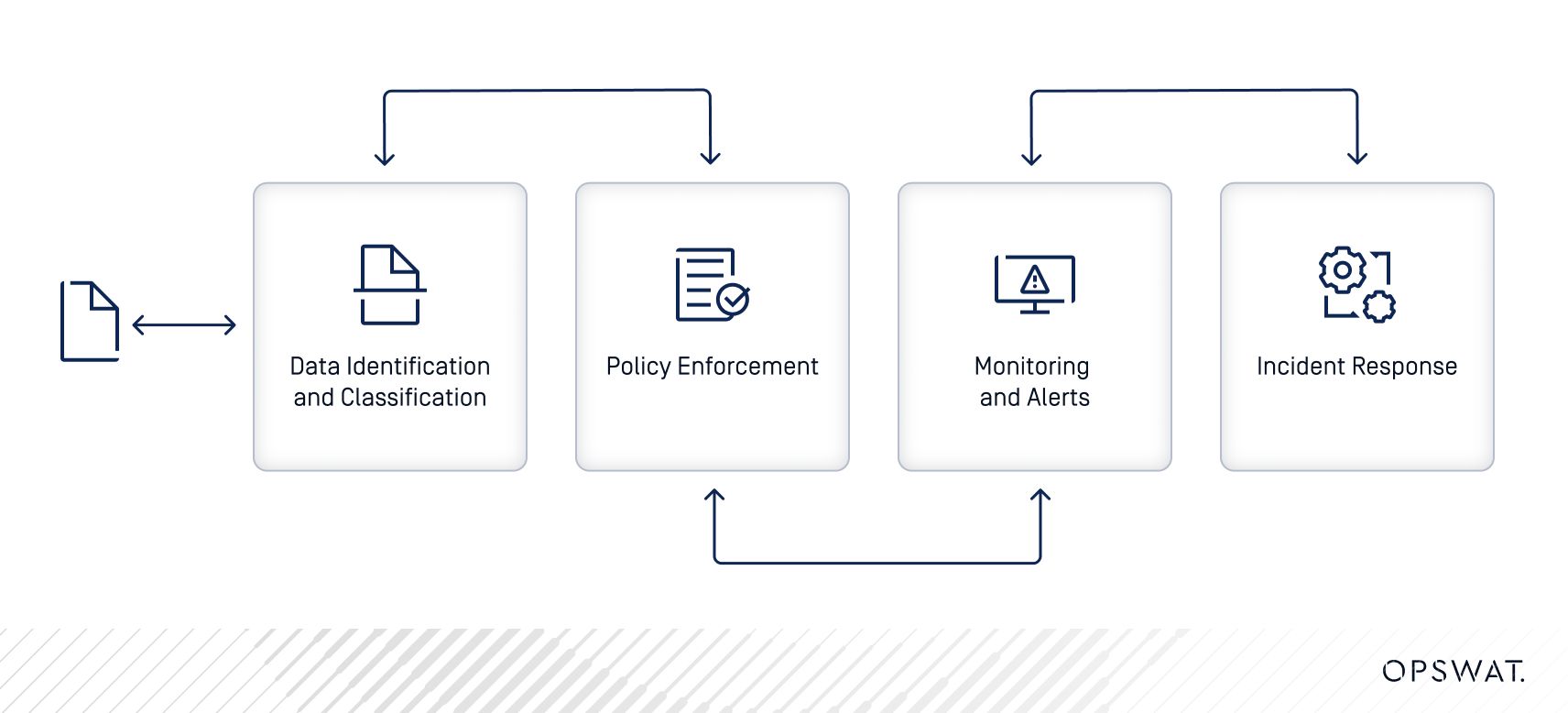
To learn more about Proactive DLP technology, visit this page.
Infected File Notifications
To strengthen data security, Cloud Security for Salesforce now sends real-time alerts when malicious files are uploaded to Salesforce, allowing organizations to promptly identify and respond to threats.
We offer both in-app and email notifications to ensure administrators are immediately informed of any infected files. With this enhancement, businesses can minimize the risk of data breaches and safeguard their Salesforce environments from file-based malware attacks.
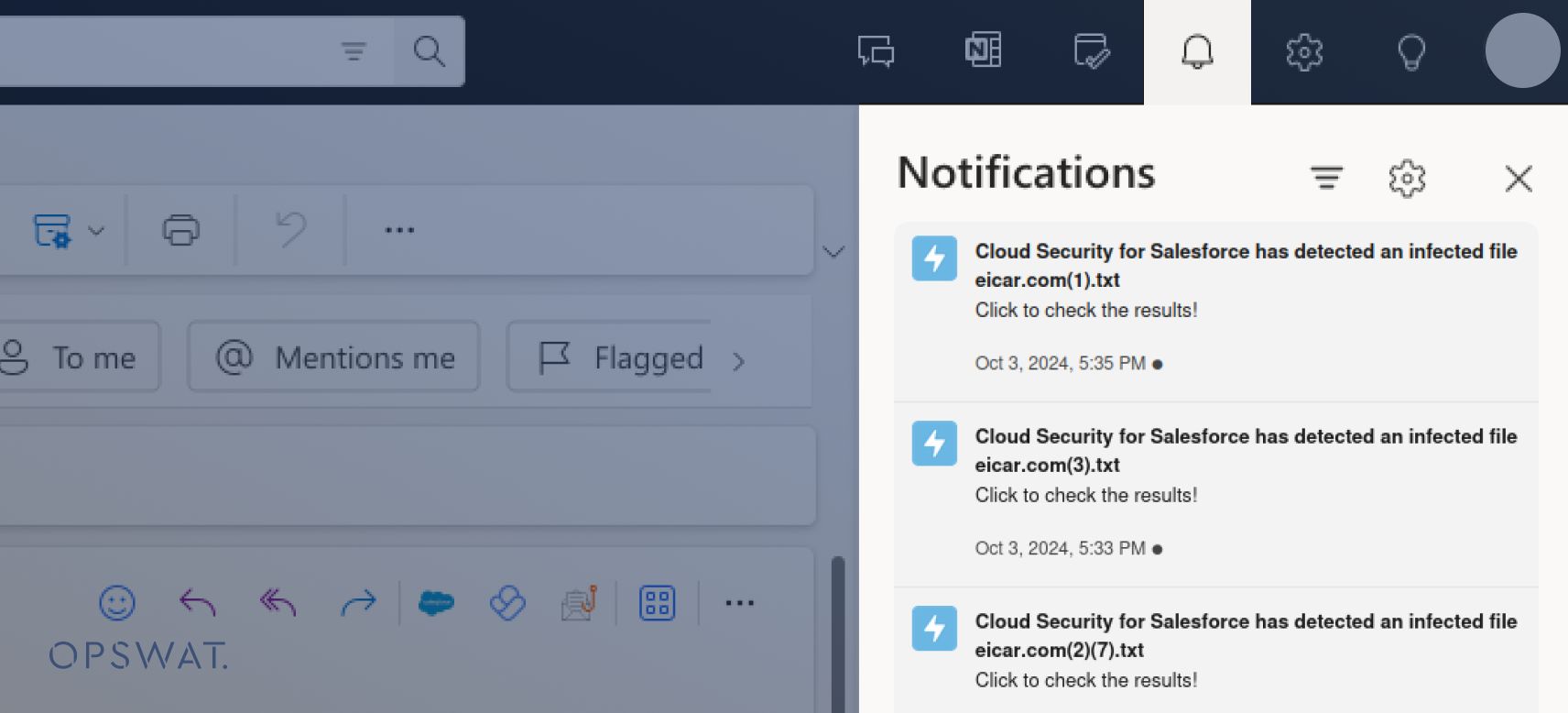
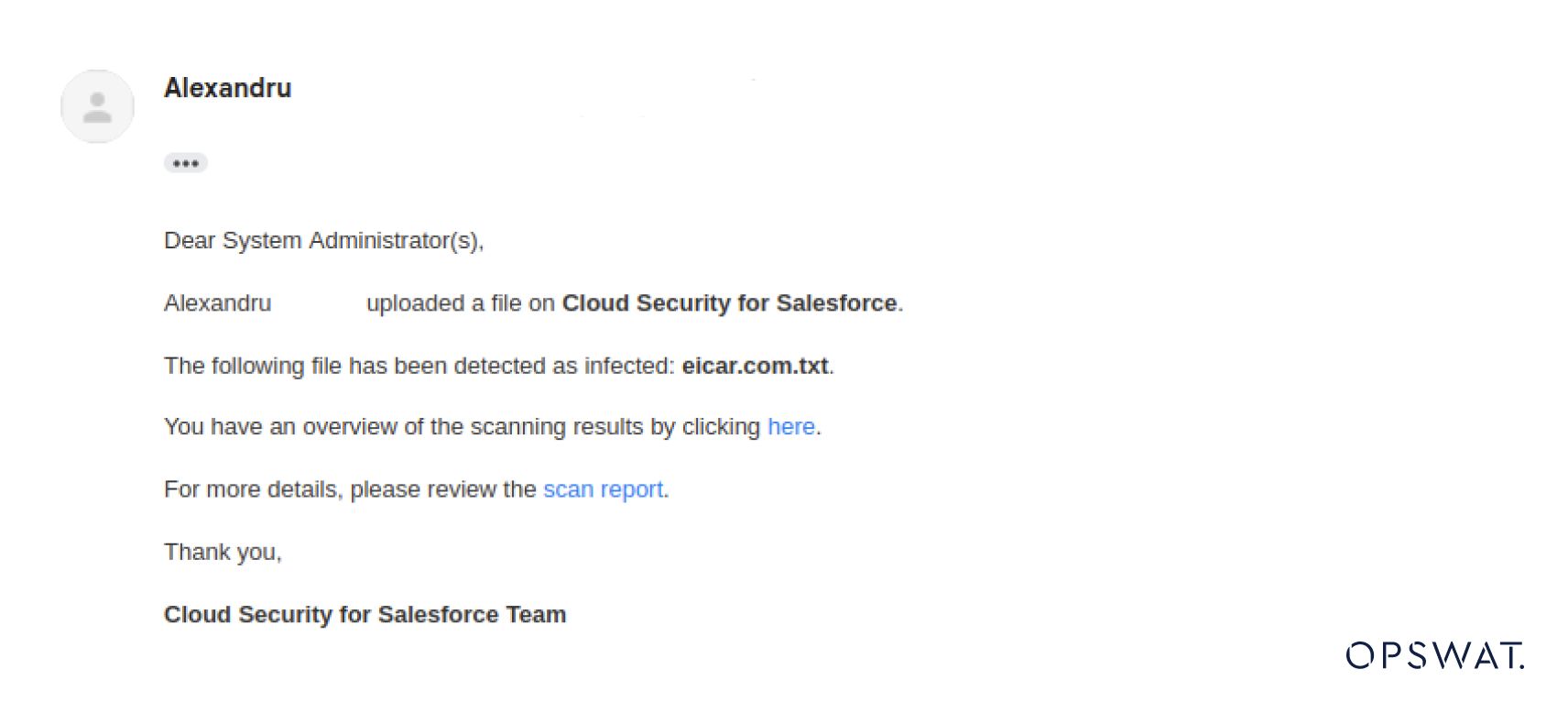
We've also addressed other minor bugs in this release. Check out the full release notes here.
To learn more about these features and how it can benefit your organization, contact our sales team.
